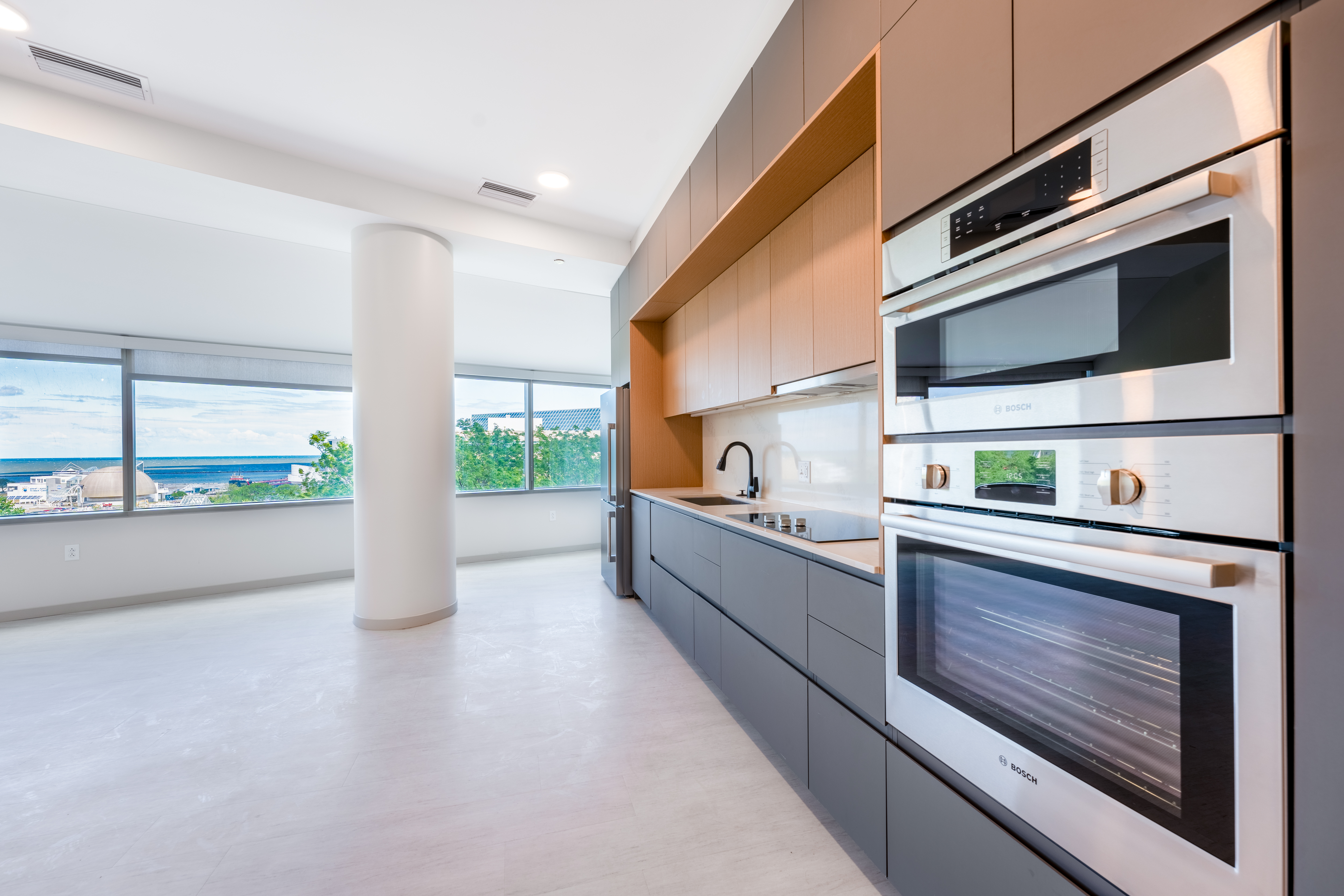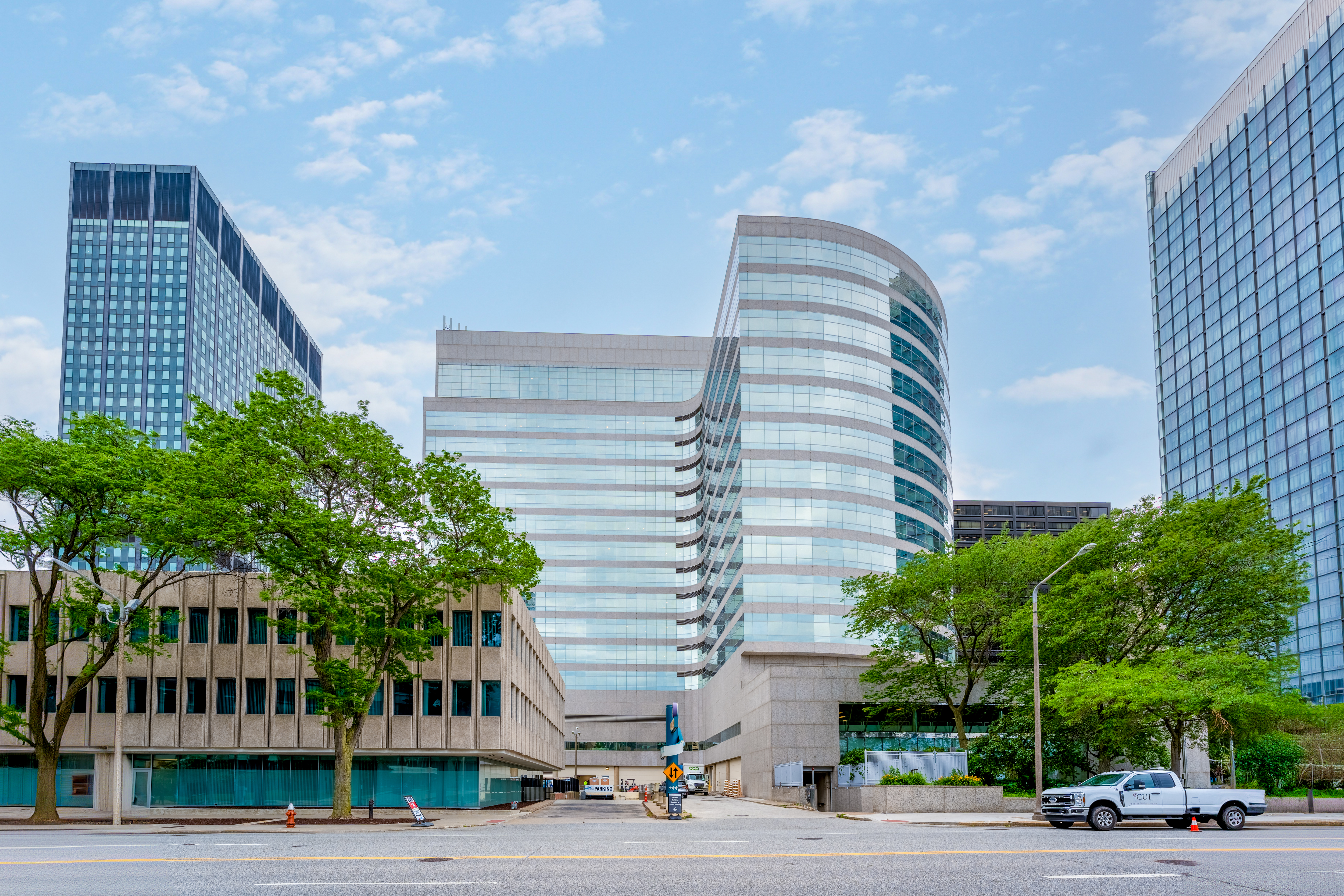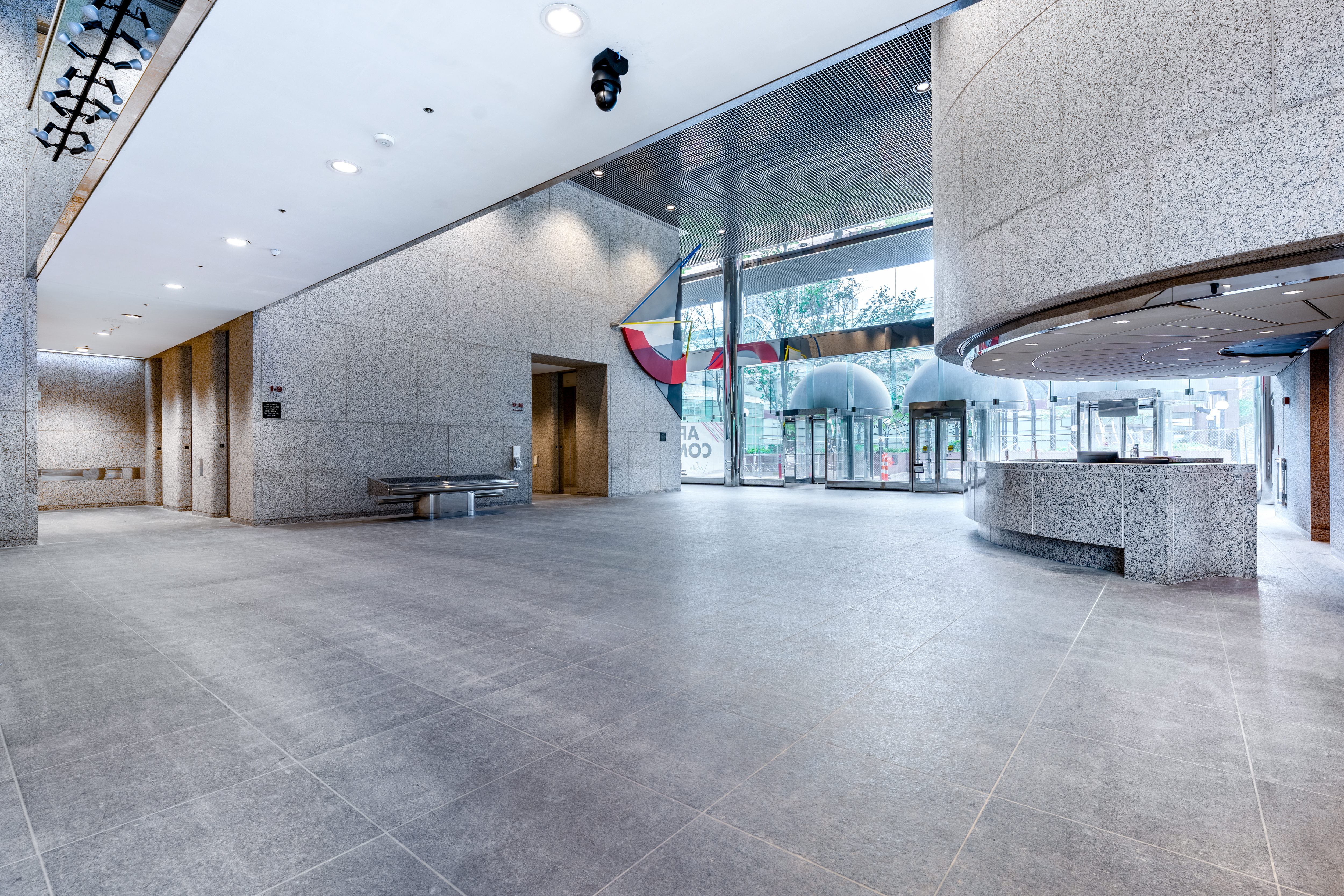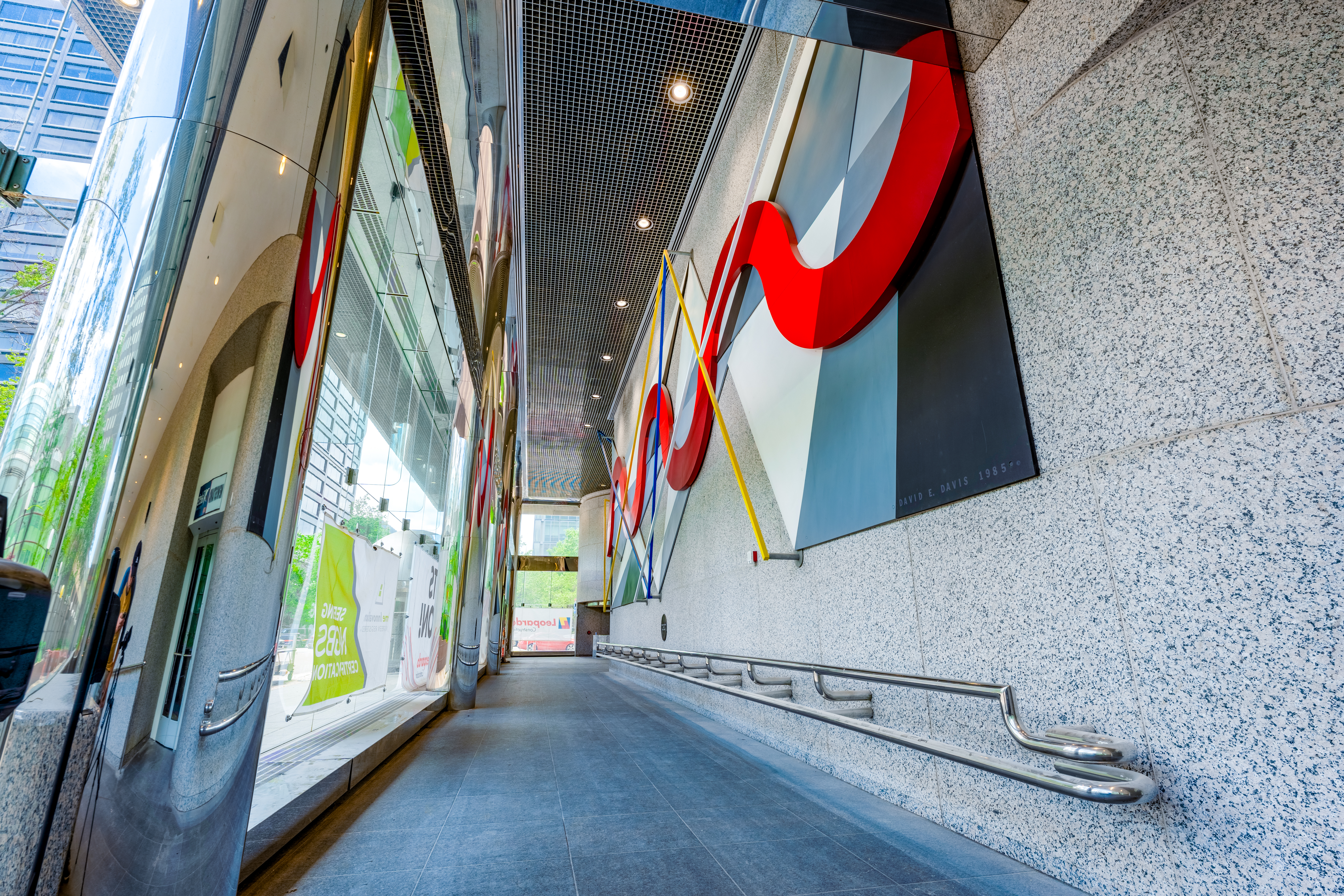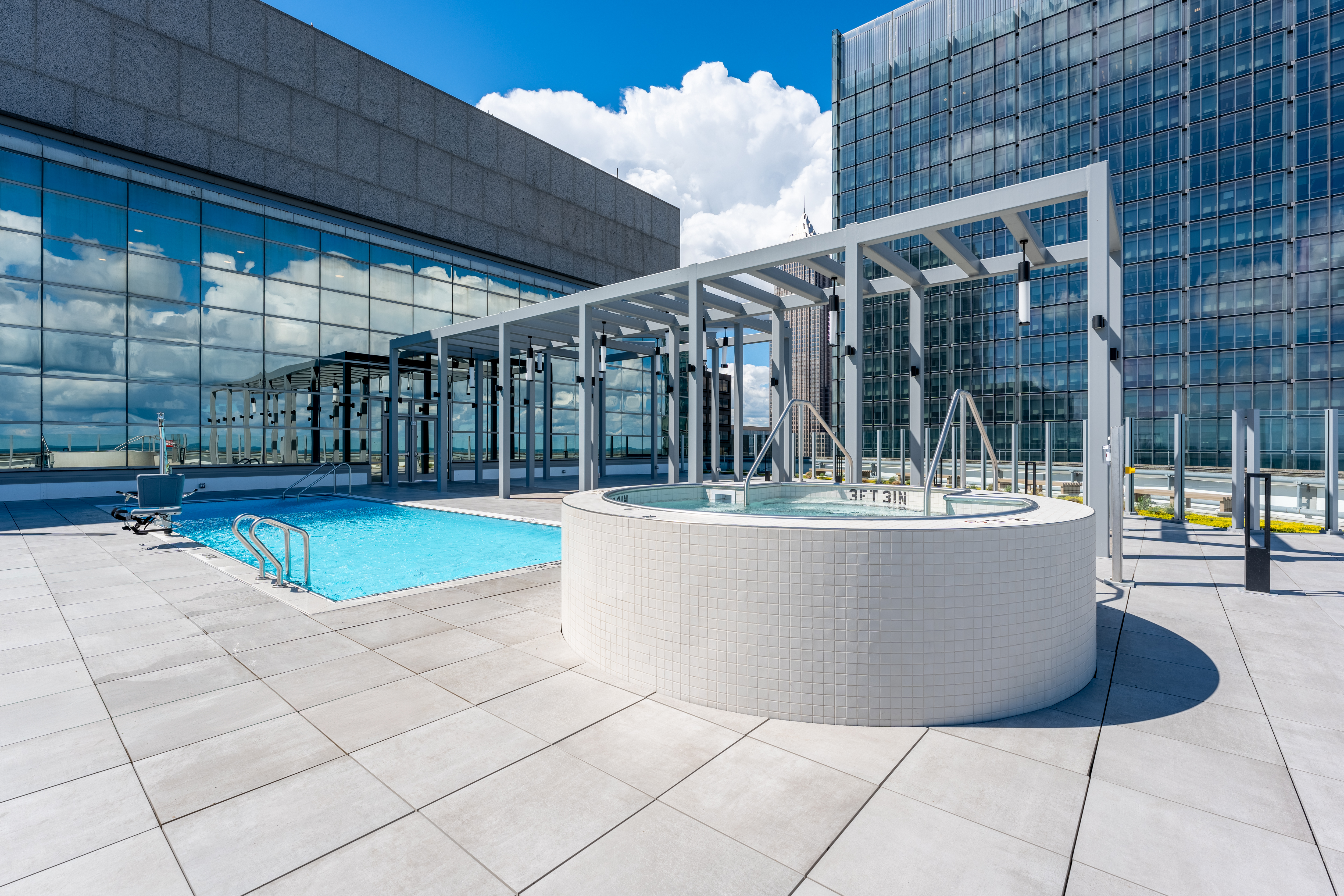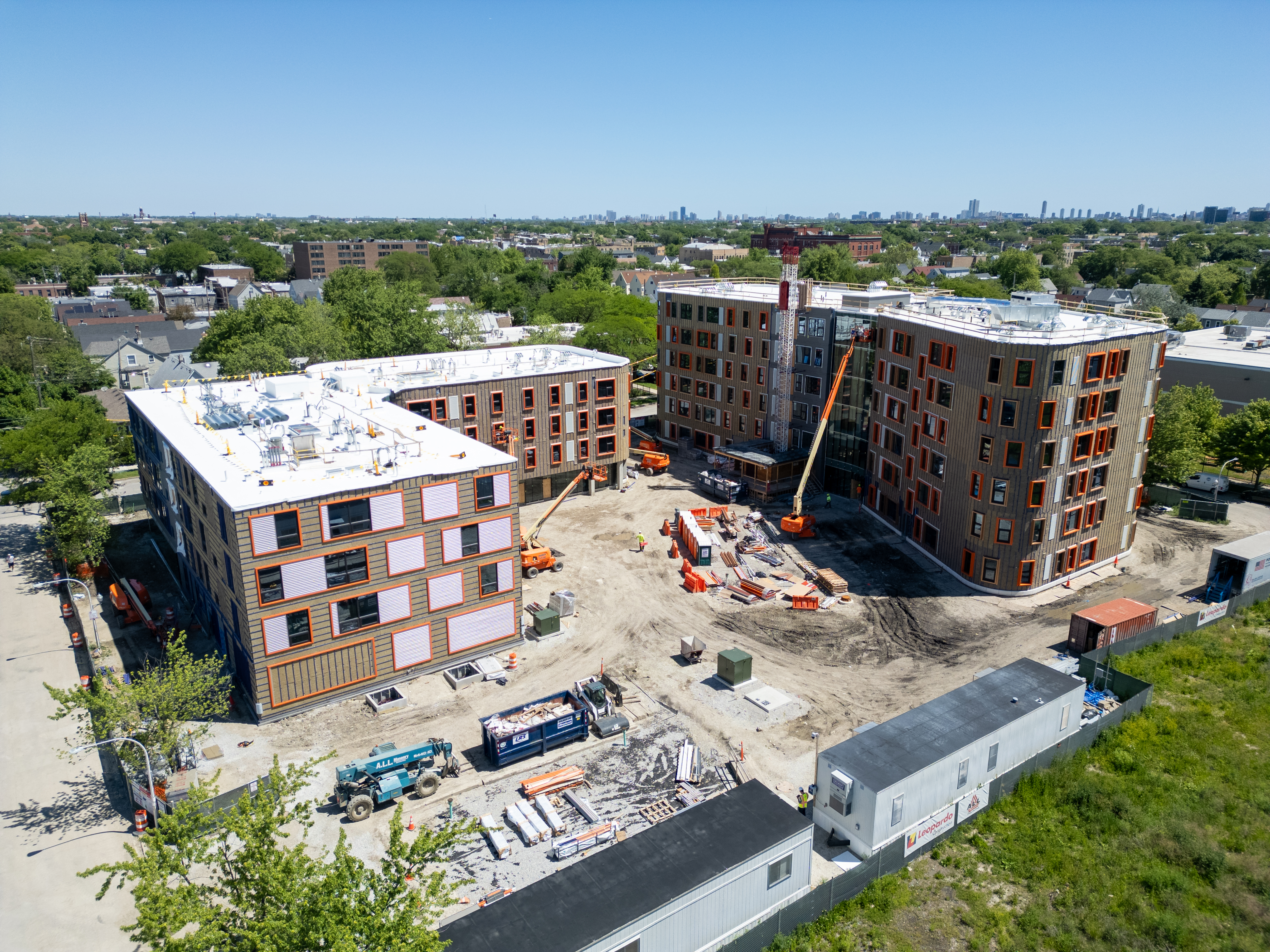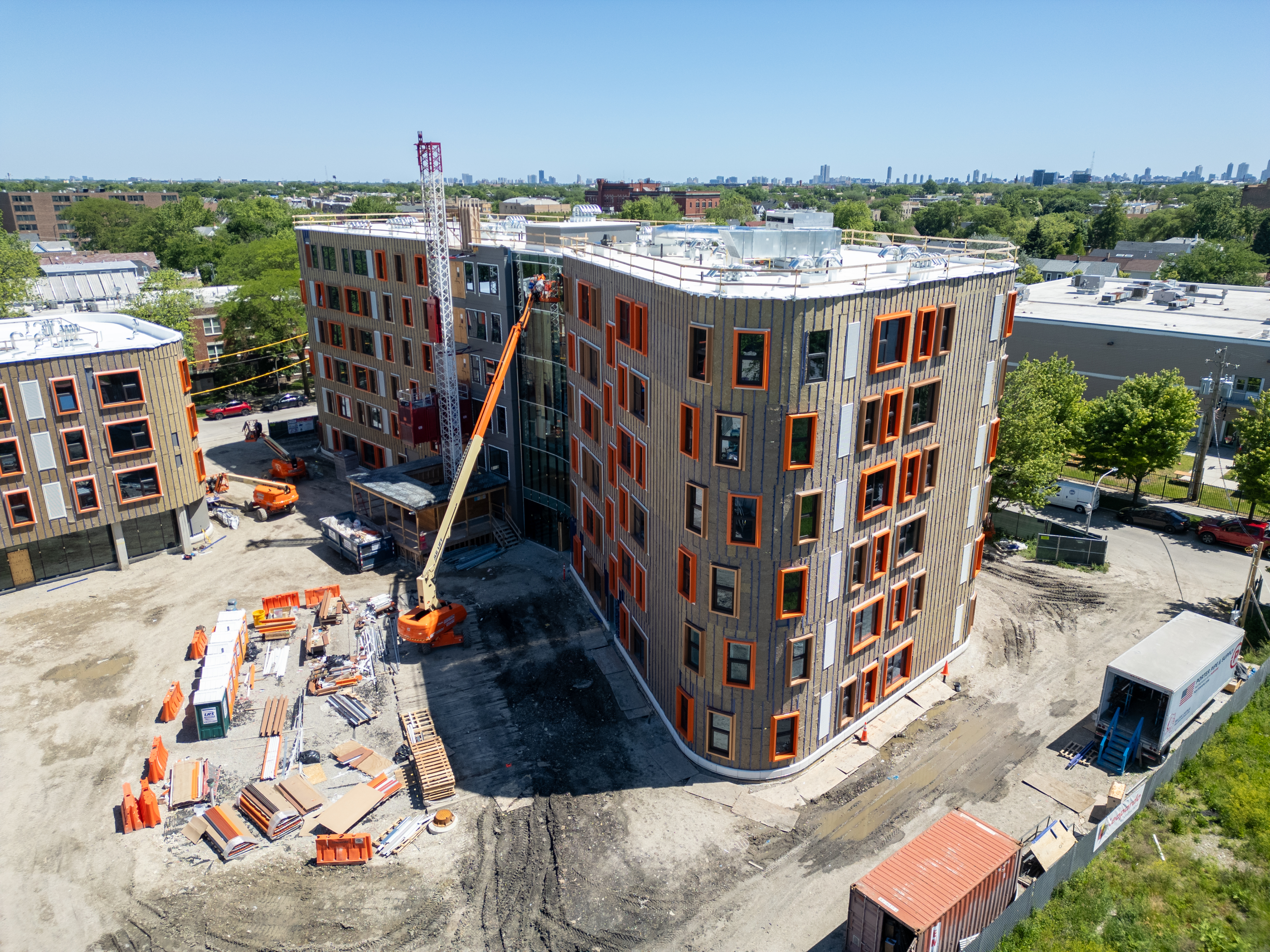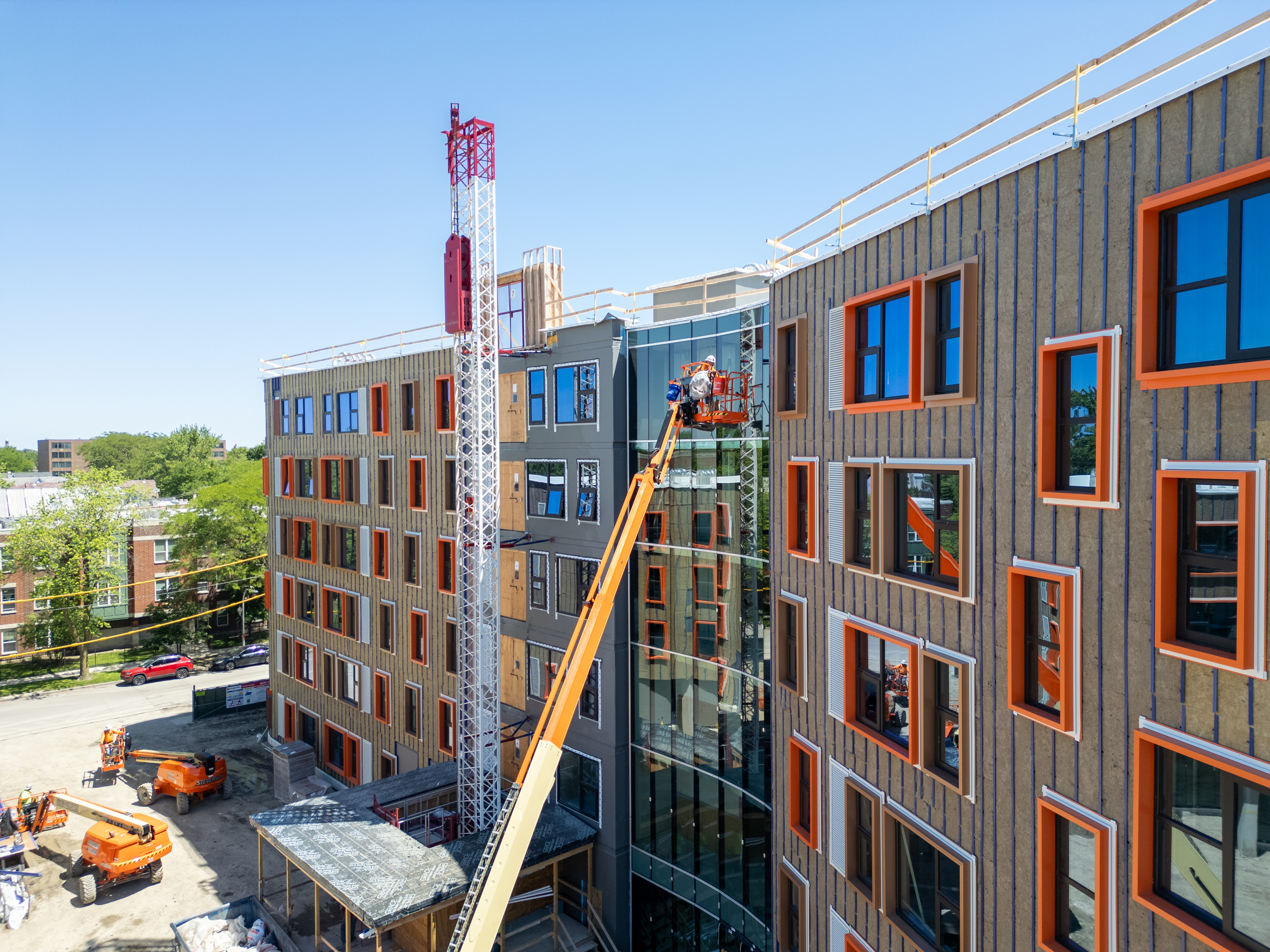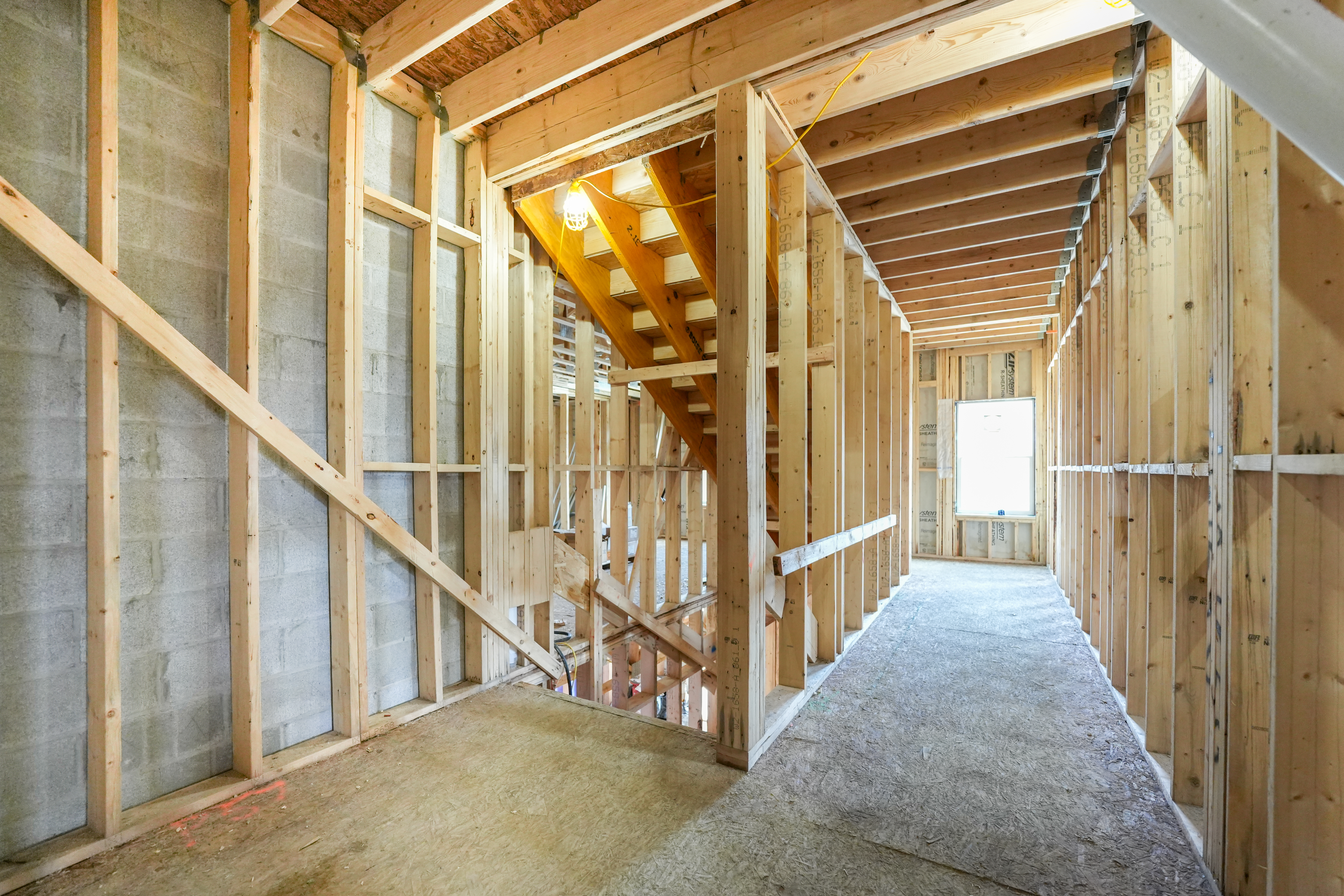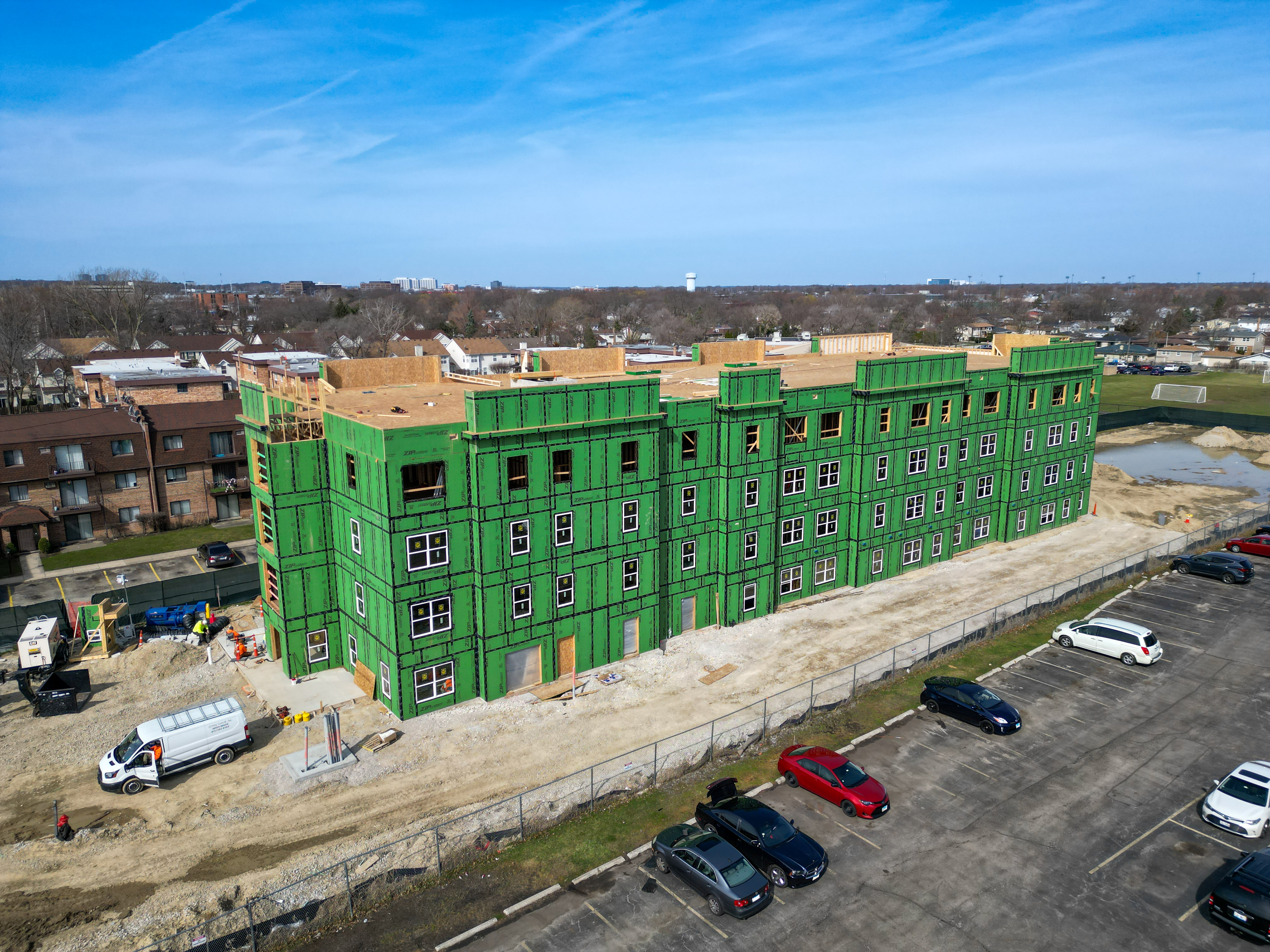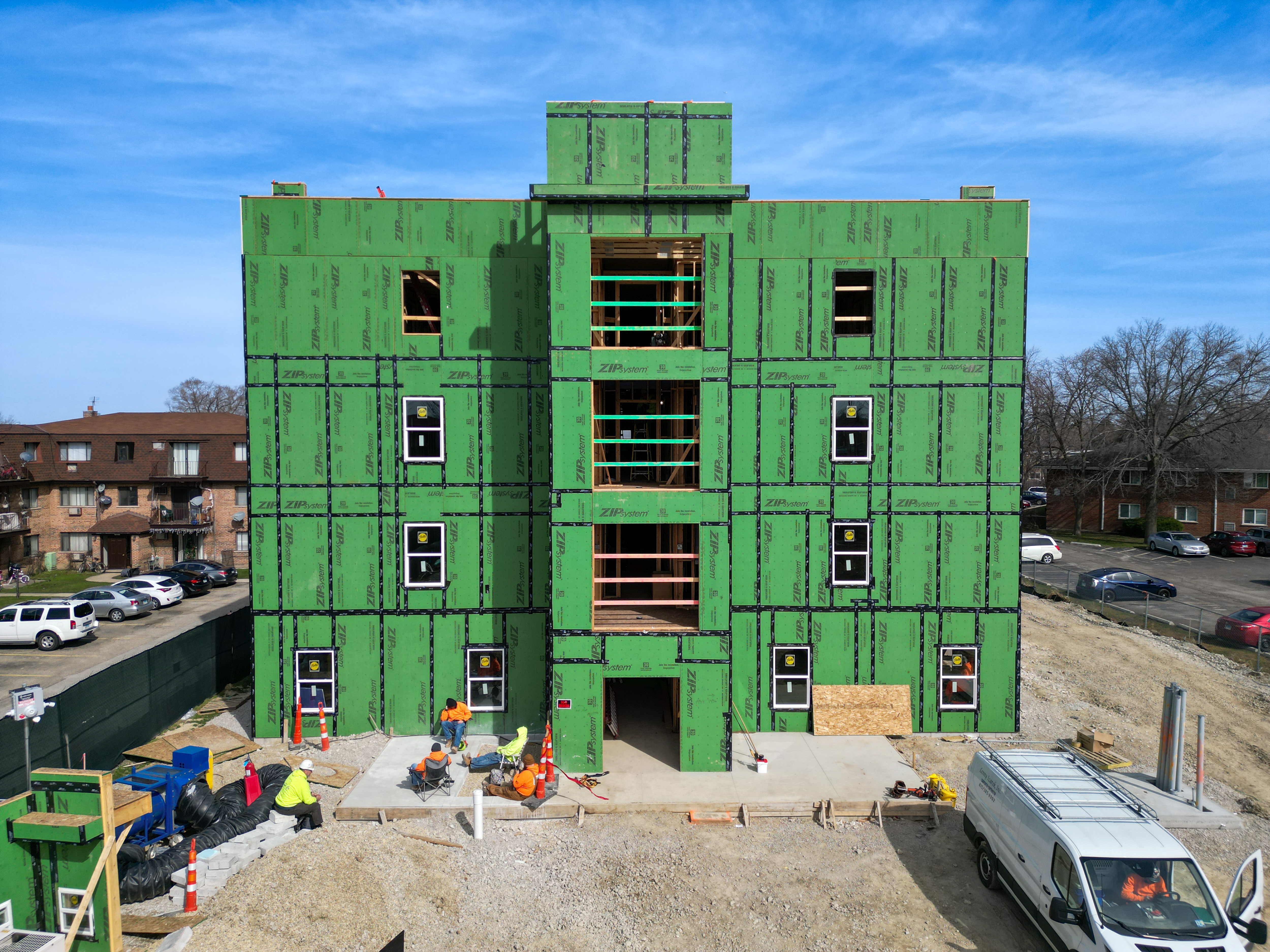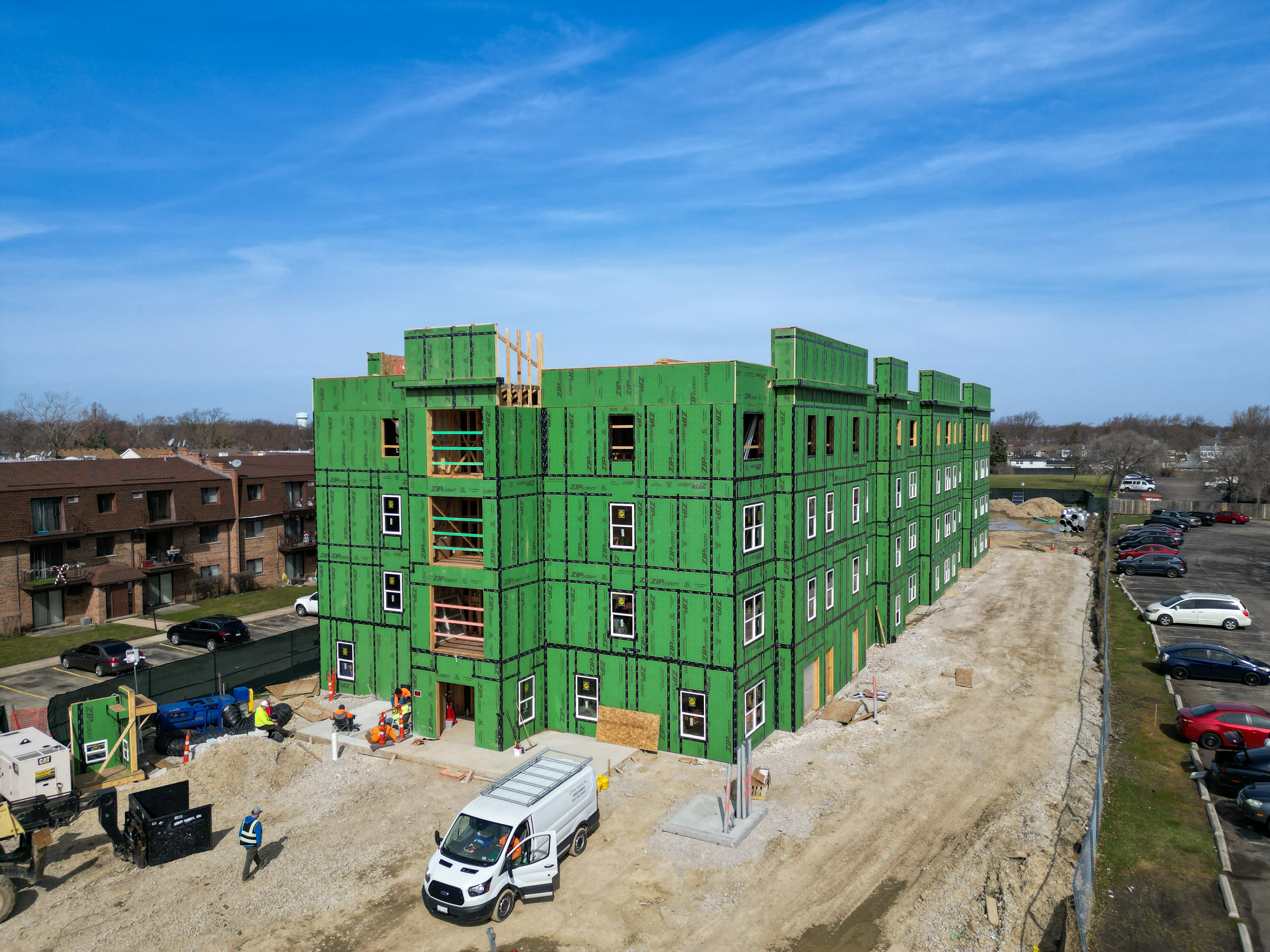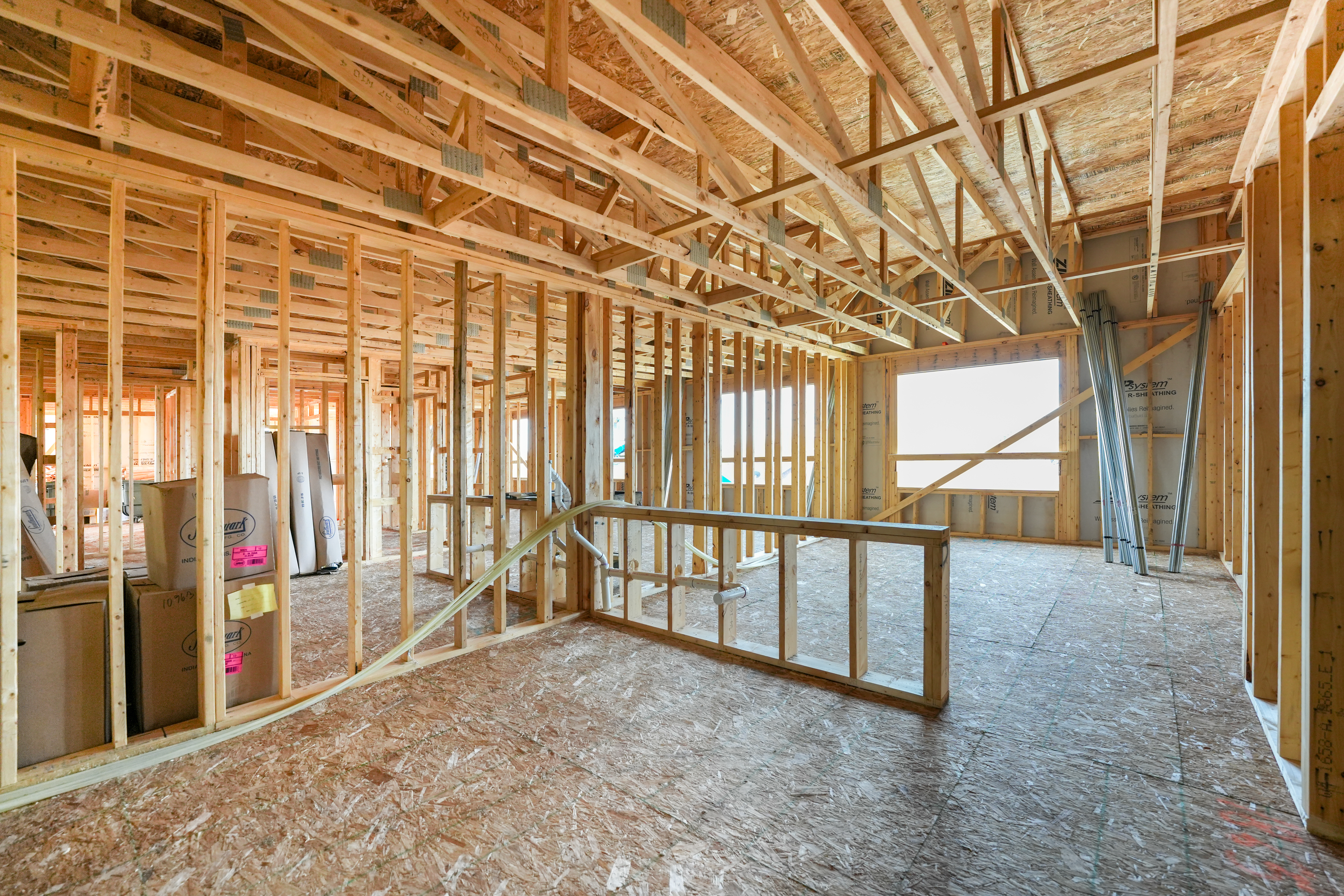Sustainable construction practices aren’t just environmentally responsible; in 2024, they’re also good business.
With the expertise to achieve numerous green building and wellness rating system goals, leading Chicago-based builder Leopardo Construction is a top choice for developers around the country. As green building rating systems are implemented on an increasing number of multifamily projects, Leopardo has not only maintained its status as an expert in this ever-growing field, but also challenged itself to meet sustainability goals on its job sites. TRD sat down with Patty Lloyd, Director of Sustainability at Leopardo Construction, to get an inside look at how her company helps clients achieve their sustainability goals while reducing energy usage, waste, and embodied carbon on their own job sites.
The Growing Demand for Green
Lloyd’s career as Leopardo’s sustainability leader has paralleled the growing demand for green construction over the last 20 years. When Lloyd was assigned to work on Leopardo’s first LEED certified project in 2005, the rating system was still in relative infancy.
Since then, Lloyd has earned both a Bachelor’s in Environmental Management and a Master’s in Sustainable Management, become involved with the Illinois Green Alliance, and served on a national committee for LEED, helping to shape the latest generation of the now-ubiquitous certification program. In 2017, she was promoted to Director of Sustainability at Leopardo, guiding all of the company’s sustainability initiatives and leveraging her knowledge about green building to land award-winning projects.
Her timing couldn’t have been better. Demand for green building rating systems in the multifamily market has exploded in the last two decades as municipalities have put both carrots and sticks in place to motivate developers. The result? Lloyd says that currently “100%” of her firm’s multifamily and affordable housing projects have green building rating systems attached to them, as well as many commercial projects like the Upshot Medical Center in Orlando, FL, which is seeking LEED v4 Core and Shell certification.
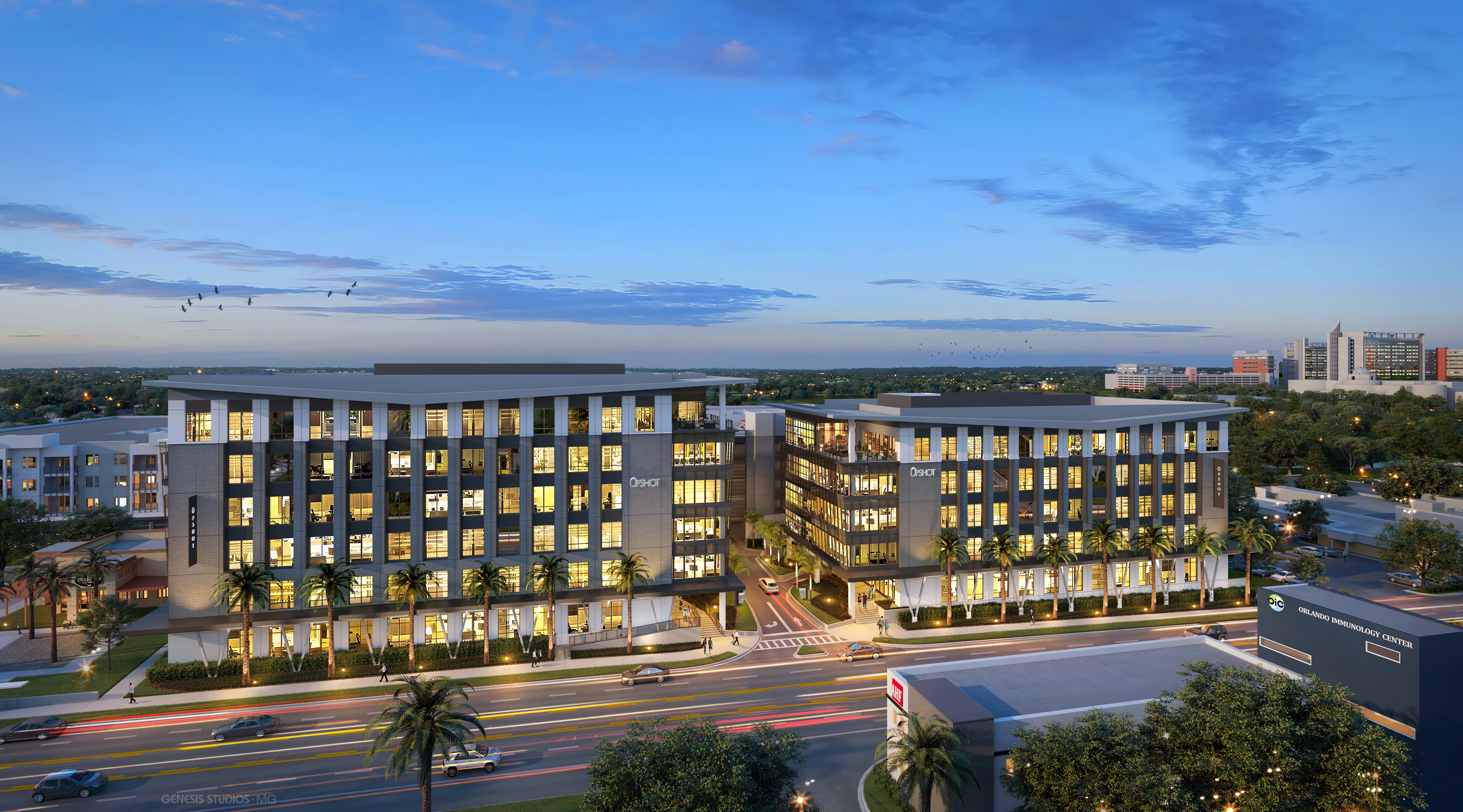
“I think that’s primarily driven by incentives and regulatory reasons,” she observes. “As a green building professional that wants to see advancement at scale, I’m a fan of those measures because they remove it as a ‘nice to have’ and make it a ‘need to have.’”
With developers adopting green building certifications both to comply with regulations, meet corporate ESG goals, and gain access to tax credits, Lloyd is there to make sure Leopardo can achieve these sustainability goals across the company’s robust portfolio.
“Our multifamily market is one of the most active and largest in the company right now,” says Lloyd. “We’re well positioned to support our clients with executing any requirements they have around sustainability and green building.”
This is no small feat given the proliferation of green rating systems over the last two decades. While LEED was the pioneer for market rate developments, there is now a proliferation of third party certified green building rating systems that clients can utilize. Many of their current affordable housing projects, including the new ground up development Encuentro Square, are using Enterprise Green Communities, while market rate projects like the 45 Erieview Plaza Apartments are seeking National Green Building Standard certification, yet more sets of standards for Lloyd and her team to master.
“We were a really early adopter, and I feel like we have an advantage because of that,” says Lloyd. “For a firm of our size, we’re ahead of the game.”
Going Green on the Ground
Supporting clients’ green building goals is one aspect of Leopardo’s commitment to sustainability, but Lloyd has been a leader in bringing green building practices onto the job sites themselves.
“You could build all the green jobs in the world,” she explains, “but that’s not actually a reflection on you and your operations.”
To help close this gap, The Building Green Sustainable Construction Leaders Peer Group created The Contractor’s Commitment to Sustainability, a series of guidelines that give contractors a roadmap to making their job sites greener. Leopardo was happy to have a seat at the table in creating that industry tool, and the company was the first signatory to the Contractors’ Commitment; then, in 2022, the company rolled out its corporate Environmental, Social, and Governance (ESG) plan, which implemented their jobsite sustainability strategies program.
“What we can influence as the contractor is that we can reduce the environmental impact of our job site,” says Lloyd. “So we’re trying to work on our slice of the pie. We have our four sustainability best management practices policies on our projects related to construction waste, limited idling, indoor air quality during construction and sedimentation and erosion control.”
As part of the corporate ESG program, the Leopardo ESG Steering Committee, composed of senior level leaders, created four environmental goals key to the environmental pillar of their ESG program. These goals focus on jobsite impacts like waste, water, embodied carbon, and jobsite emissions. The jobsite sustainability strategies program, a menu of 20 actions, are utilized by project teams to meet Leopardo’s internal program which requires a specific number of strategies to be implemented as dictated by contract cost.
Importantly, these strategies exist alongside any green building rating system guidelines that the project is following, showing Leopardo’s commitment to making its own practices greener on top of supporting clients’ sustainability goals.
For example, while Prospect Senior Lofts is seeking Enterprise Green Communities certification, Leopardo is also putting its job site sustainability strategies into action during construction, ensuring that they are doing their part from the earliest phases of construction.
Sustainability in Action
Lloyd walked us through a few of the sustainability strategies that Leopardo has implemented on its job sites. Some of the most popular strategies across the company have to do with implementing energy efficiency strategies on the jobsite and diverting waste from the landfill to other higher and best uses.
“The number one strategy is LED temporary job site lighting,” says Lloyd. “A fun development in the programs is that we have three jobs that have little solar panels on top of their trailer to charge their job site tools.”
Leopardo can achieve its embodied carbon goals when selecting materials for areas where it self performs certain trades, from painting to carpentry to drywall. When a certain material isn’t specified, Leopardo can reduce a project’s impact by using materials with a lower global warming potential.
Some of the strategies aren’t just sustainable, they’re also good business. Take diverting usable materials from a project as an example; as Lloyd explains, not only does this reduce the amount of waste going to landfills, it saves Leopardo on tipping fees and often also fulfills a social good by getting low cost materials to people that need them. A similar calculus plays out when strategies to use renewable energy or curb water usage reduce power and water bills.
“We are in our second year of our jobsite sustainability strategies program,” says Lloyd. “It has been exciting to see the cultural change in our company as projects embrace our own sustainability criteria on their jobs.”
Onward and Upward
Of course, no program is perfect, and Lloyd and her team are constantly finding new and better strategies to make Leopardo’s job sites as sustainable as possible. With demand for green construction continuing to blossom in Chicagoland and the rest of the country, the company is challenging itself to reach new heights of sustainability.
“The concept is really gaining speed,” says Lloyd. “We’re really addressing waste reduction, but we haven’t gotten to zero waste yet.”
As Leopardo continues to achieve new sustainability milestones, the industry as a whole is driving toward a greener future, thanks in part to “carrots” like money being made available through the Inflation Reduction Act. Lloyd is enthusiastic about the future of sustainable construction in both her homebase of Illinois and around the country.
“We have a thriving green building community in Illinois, and specifically in the Chicagoland area, of manufacturers, builders, designers, developers, and so many environmental nonprofits,” she says. “There’s a tremendous amount of forward momentum happening across state, federal and local levels.”
Read more about Leopardo’s sustainability efforts and community impact in their 2023 ESG Report.



